Shijian-26 Reaches Orbit With Successful Launch [Long March 4B Y62]
A new agriculture satellite is in orbit after launch from Jiuquan.
A Long March 4B lifted off from the Jiuquan Satellite Launch Center at 12:12 pm China Standard Time (04:12 am Universal Coordinated Time) on May 29th carrying a single satellite toward sun-synchronous orbit.
Atop of the Long March 4B was the Shijian-26 satellite (实践二十六号). Shijian-26 is expected to serve land census and environmental monitoring efforts to inform agricultural policy. The Harbin Institute of Technology (哈尔滨工业大学), Changchun Institute of Optics, Fine Mechanics and Physics of the Chinese Academy of Sciences (中国科学院长春光学精密机械与物理研究所), and DFH Satellite Co Ltd (航天东方红卫星有限公司), under the China Academy of Space Technology (中国空间技术研究院), are reported to have contributed to the spacecraft.
Shijian-designated spacecraft are flown to figure out best operational practices, with the name literally translating to Practice in English. Shiyan (实验) is a similar satellite designation used for technology development spacecraft, and the name literally translates to Experiment.
Following the successful launch, the Shanghai Academy of Spaceflight Technology stated that, due to the constantly changing weather at Jiuquan in May, the rocket was equipped to handle both rainstorms and duststorms. Processes in place to handle both scenarios were said to have enabled the timely preparation of the launch mission.
Today’s mission was the 110th launch of a Long March 4 vehicle, the 53rd launch of a Long March 4B, the 579th launch of the Long March launch vehicle series, and the 236th Long March vehicle launch from the Shanghai Academy of Spaceflight Technology. This was also the 33rd launch from China in 2025.
Liftoff videos via 航天五线谱 on Weibo and 中国航天报 on WeChat.
Post-release update
Ten days following launch, one of the fairing halves was found near a rural village. Both fairing halves are very light for their size and can travel quite far. Additionally, enterprising individuals take them if possible to go and build canopies or gazebos in rural areas, as the fairing halves are inert by the time they reach the ground.
This is the second time a Long March vehicle’s fairing has been found by the public this year, and the third time hardware was discovered not by recovery personnel first.
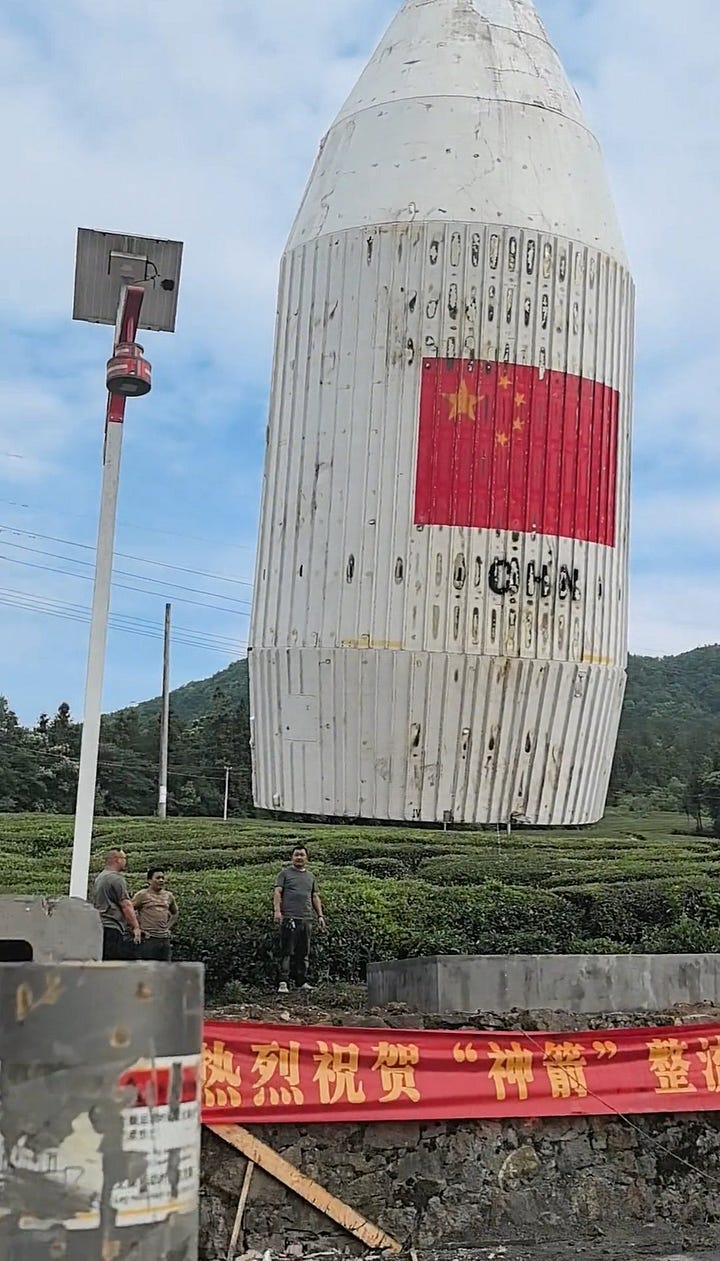

Check out the previous Long March 4B launch
7000 and counting! [Long March 4B Y53]
A Long March 4B blasted off from Launch Complex 9 at the Taiyuan Satellite Launch Center at 06:42 am China Standard Time (on November 14th), or 22:42 pm Universal Coordinated Time (on November 13th), and headed for sun-synchronous orbit.
What is the Long March 4B?
This section is for those less familiar with China's Long March series of launch vehicles.
The Long March 4B is an older generation low Earth and sun-synchronous orbit workhorse of the Shanghai Academy of Spaceflight Technology. All three stages of the rocket burn Dinitrogen Tetroxide and Unsymmetrical Dimethylhydrazine, with no engine restart capability.
The payload capacity of the launch vehicle is currently as follows:
4,200 kilograms to low Earth orbit
2,800 kilograms to a sun-synchronous orbit
1,500 kilograms to a geostationary transfer orbit
The first-stage is powered by four YF-21C engines, which generate 302 tons of thrust burning Dinitrogen Tetroxide and Unsymmetrical Dimethylhydrazine. The second-stage is powered by a single YF-22C engine and four YF-23C verniers that generate 80 tons of thrust while also burning Dinitrogen Tetroxide and Unsymmetrical Dimethylhydrazine. The third-stage is propelled by two YF-40 engines that provide 10 tons of thrust by once again burning Dinitrogen Tetroxide and Unsymmetrical Dimethylhydrazine.
On the launch pad, the Long March 4B is 44.1 meters tall and weighs 249,200 kilograms when fully fuelled. The first and second-stage have a diameter of 3.35 meters, while the third-stage has a diameter of 2.9 meters, and a fairing diameter of either 3.8 or 4.2 meters.
So far, the Long March 4B has flown from all three inland launch sites, the Jiuquan Satellite Launch Center, the Taiyuan Satellite Launch Center, and the Xichang Satellite Launch Center.
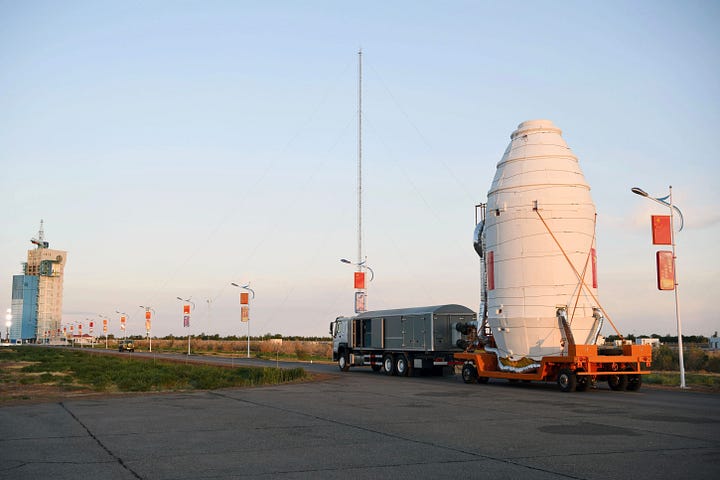
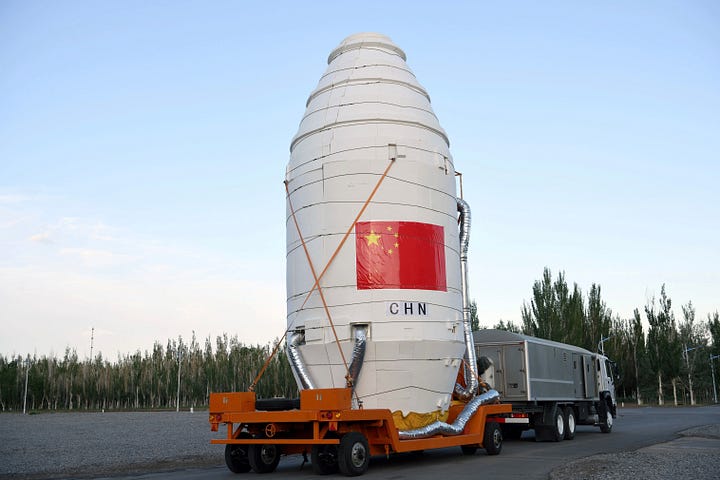



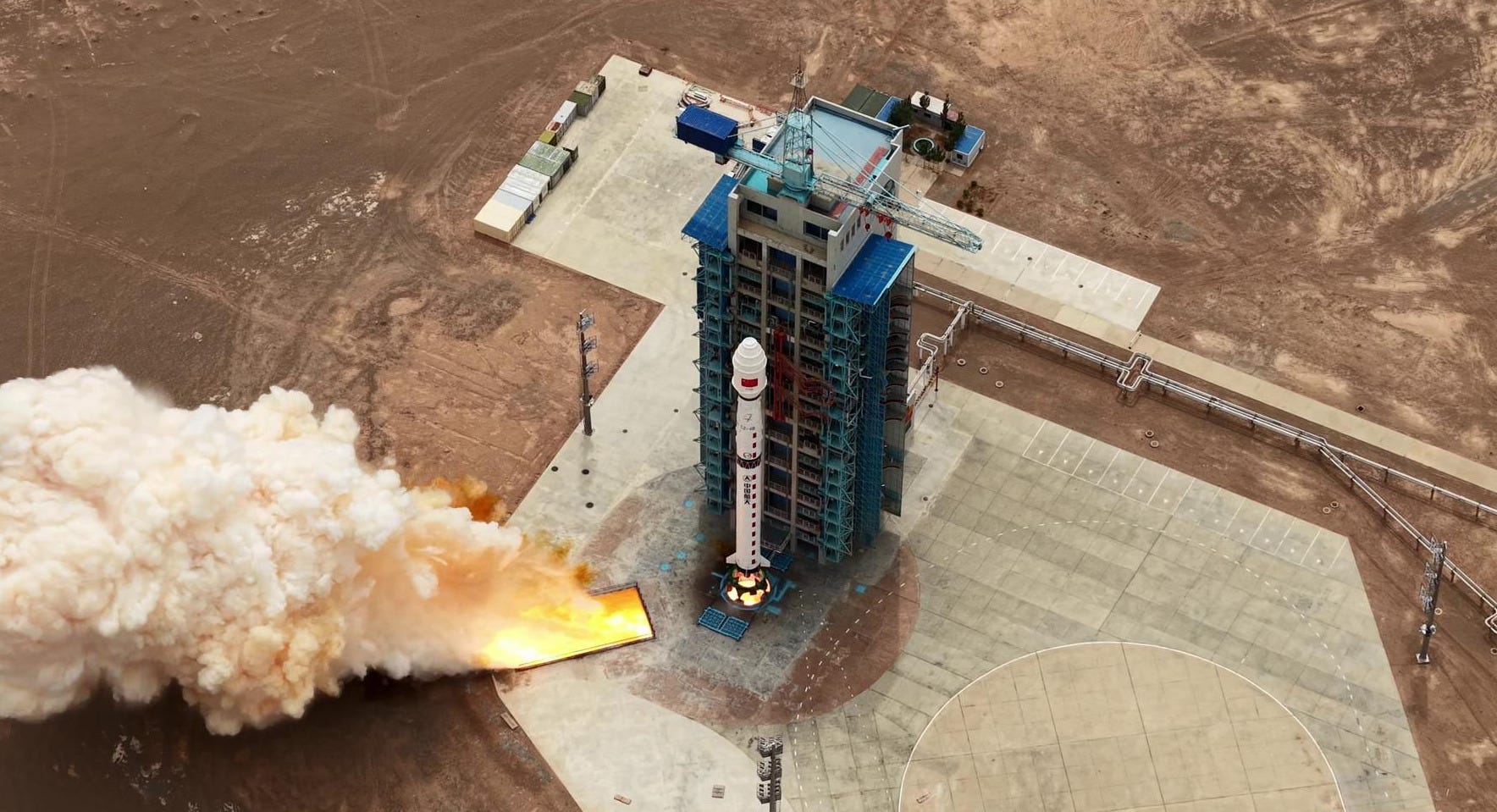
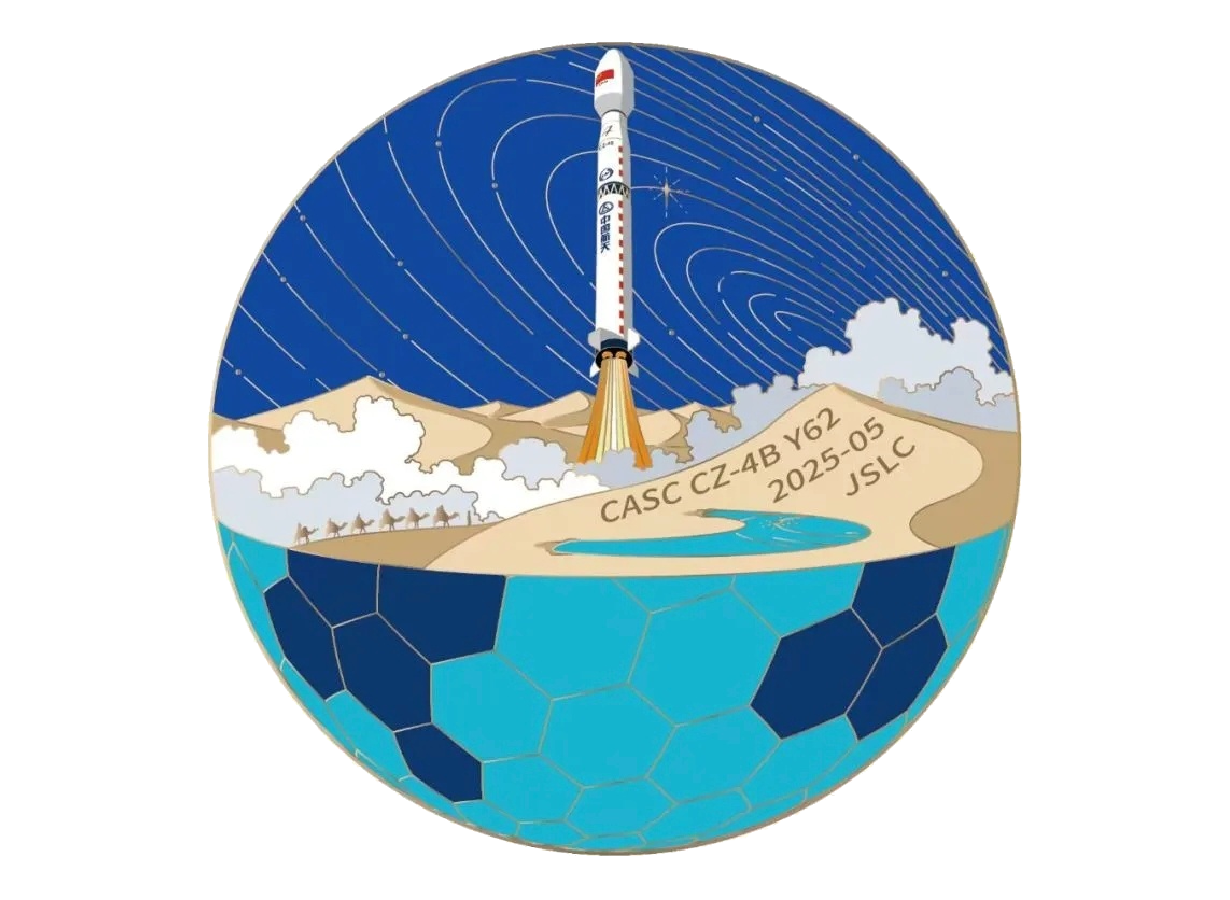
![7000 and counting! [Long March 4B Y53]](https://substackcdn.com/image/fetch/$s_!lTf-!,w_1300,h_650,c_fill,f_auto,q_auto:good,fl_progressive:steep,g_auto/https%3A%2F%2Fsubstack-post-media.s3.amazonaws.com%2Fpublic%2Fimages%2F7c3cd5c8-ad0f-4a2b-be8b-5cae2d0627eb_2311x1442.png)
